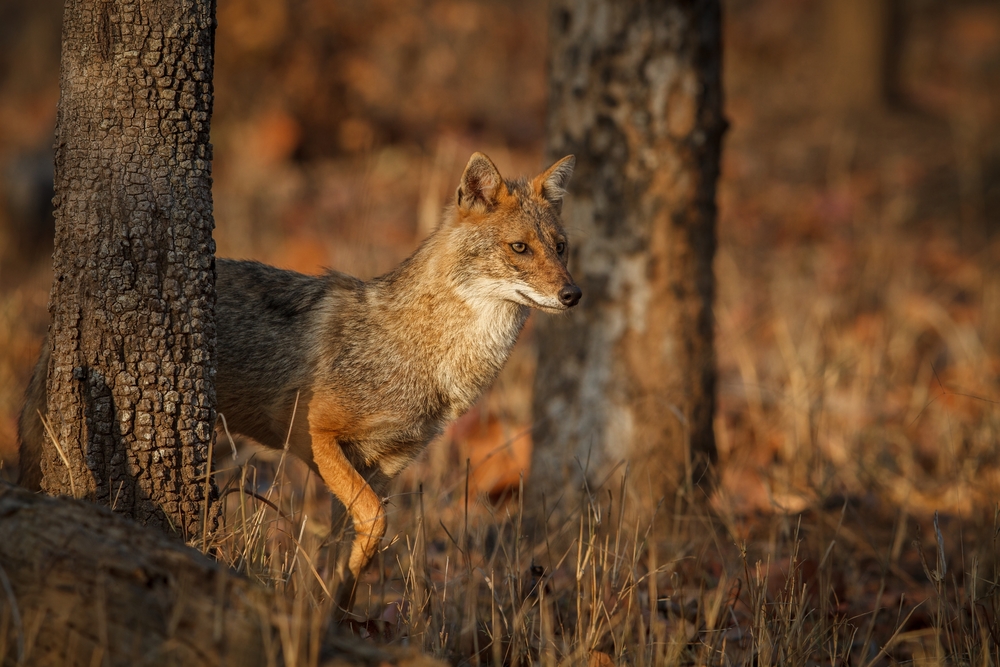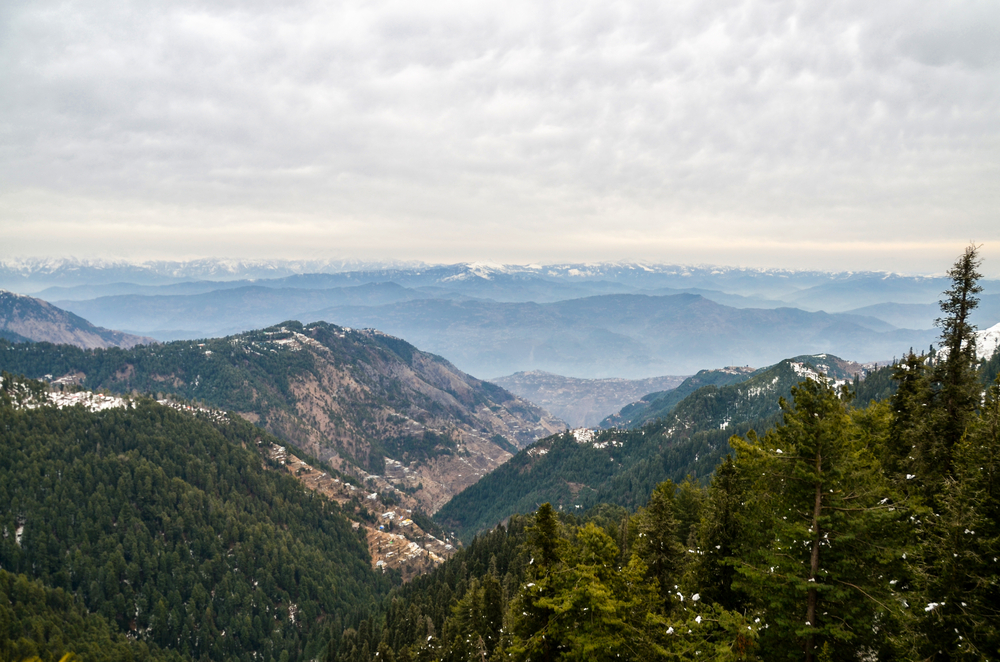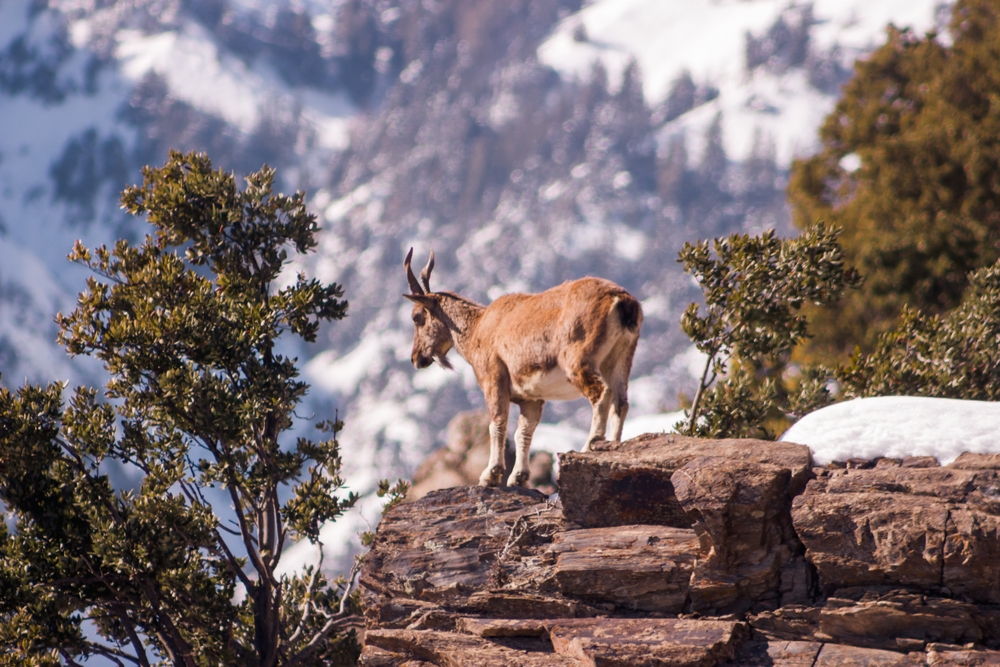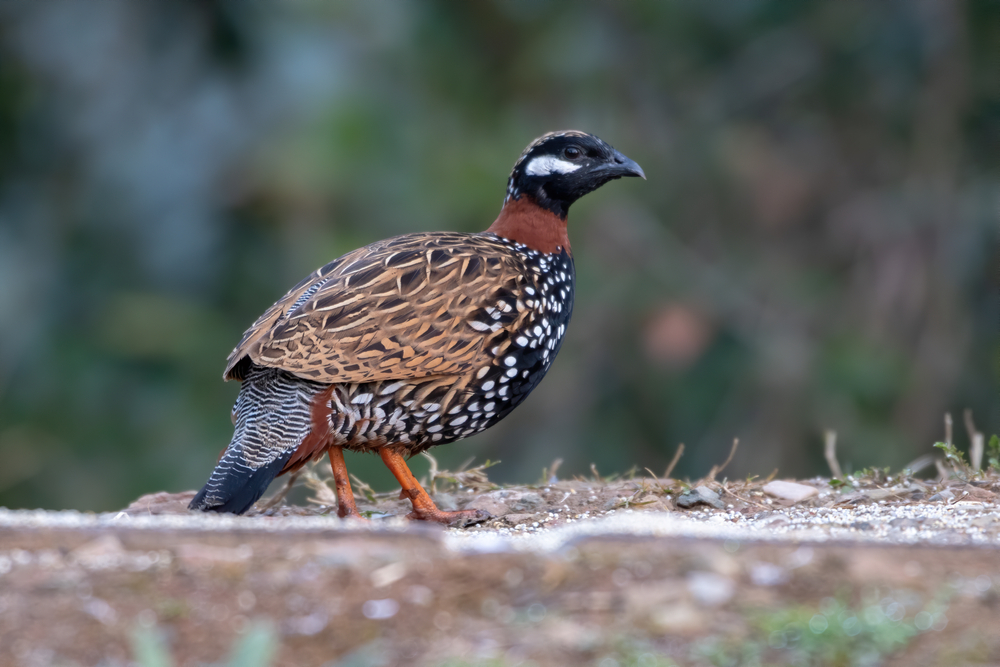Hazarganji Chiltan Overview
Hazarganji Chiltan National Park, located in the Balochistan province of Pakistan, spans approximately 60 square miles (155 square kilometers). The park’s name, Hazarganji, translates to “place of a thousand treasures” in the local language, hinting at the region’s historical and natural richness.
Situated near Quetta, the capital of Balochistan, the park is a vital sanctuary for unique wildlife and offers striking landscapes dominated by rugged mountains, deep ravines, and rolling foothills. The Chiltan range, a defining feature of the park, adds to its dramatic scenery, with jagged peaks and steep cliffs shaping the terrain.
Sparse vegetation primarily consists of dry, hardy shrubs and wild olive trees, with patches of juniper, pistachio, and almond trees adding variety to the otherwise arid environment.
The park is renowned for its diverse wildlife, most notably the Chiltan markhor, a rare wild goat species endemic to the region. Other notable mammals include the urial, Asiatic jackal, striped hyena, and Indian wolf, which roam the park’s rugged terrain. Small mammals such as the cape hare and Afghan pika thrive in its rocky slopes, while various reptile species, including monitor lizards and saw-scaled vipers, are also present.
The park is home to an impressive array of bird species, including golden eagles, kestrels, and chukar partridges. Raptors dominate the skies, soaring over the mountainous landscape in search of prey, while smaller songbirds inhabit the scrublands.
Among the park’s popular features, the legendary Chiltan Peak stands as a major attraction, drawing visitors who seek panoramic views of the surrounding region. Folklore surrounding the mountain speaks of a tragic tale of abandoned children whose spirits are said to linger, adding a mystical allure to the park. Visitors often explore the rugged trails that wind through the hills, offering excellent opportunities for hiking and wildlife observation.
Photographers and nature enthusiasts are drawn to the stark beauty of the landscape, particularly at sunrise and sunset when the park’s rocky formations take on vivid hues of gold and red. The park is also a refuge for conservation efforts, with designated viewing points where visitors can safely observe wildlife without disturbing their natural habitats.
Engaging with the park can be done through various means, including guided wildlife tours, birdwatching excursions, and trekking routes that range from easy to challenging. Hiking trails provide a closer look at the flora and fauna, while those interested in history can explore the legends and myths associated with the region.
Visitors often camp in designated areas, immersing themselves in the remote beauty of the landscape, far removed from urban distractions.
Hazarganji Chiltan National Park has faced conservation challenges, primarily due to habitat degradation and illegal hunting. The Chiltan markhor, once critically endangered, has seen a steady increase in population due to dedicated conservation efforts by park authorities and wildlife organizations.
Anti-poaching measures and habitat restoration initiatives have contributed to the resurgence of various species, but continued vigilance is necessary to combat threats such as deforestation and human encroachment. Despite these challenges, the park remains an important ecological haven and a testament to the resilience of Balochistan’s natural heritage.




















































































